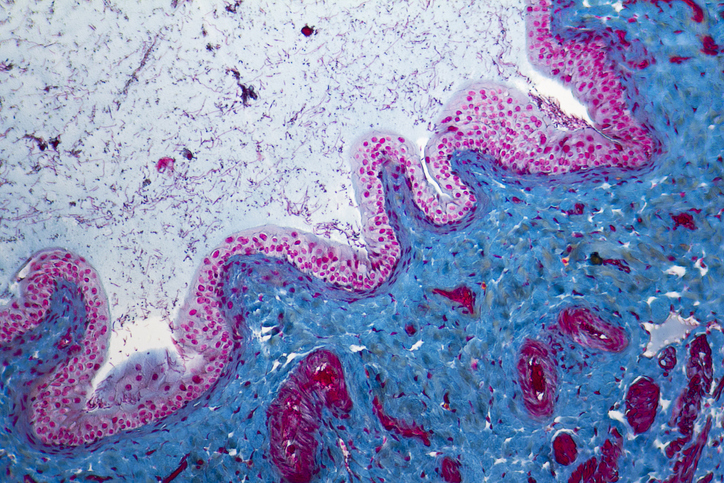
Patients who eventually go on to be diagnosed with inflammatory arthritis (IA) often present with musculoskeletal symptoms, infections, and comorbidity leading up to their diagnosis, according to a study.
Rheumatoid arthritis (RA) is often diagnosed shortly after the appearance of IA; early diagnosis can help in improving outcomes.
“In the phase before clinical RA, subclinical autoimmunity and inflammation often occur for several years. This may be related to the influence of environmental factors, such as infections or lifestyle factors. However, little is known about symptoms, pathogenetic events, other diseases and their timing during this phase,” the study authors explained.
The researchers performed a nested case-control study by querying general practitioners’ (GPs) electronic health records to assess the frequency and timing of 192 symptoms/diseases prior to an IA diagnosis. Adults newly diagnosed with IA between 2012 and 2016 were matched 1:2 to control patients.
During the 1.5-year period before their diagnosis, IA patients were significantly more likely than controls to have health visits for musculoskeletal symptoms—primarily for shoulders, wrists, fingers, and knees—and carpal tunnel syndrome. The odds ratio (OR) was highest at six months prediagnosis (3.2; 95% confidence interval [CI], 2.8 to 3.5), followed by 12 months (OR=2.8; 95% CI, 2.5 to 3.1) and 18 months (OR=2.5; 95% CI, 2.2 to 2.8).
“Data on infections, RA-related comorbidities and chronic diseases showed a less clear pattern over time, although the higher frequency in cases than in controls seems to be present over the entire time period of 6 years,” said the authors. For infections, the unadjusted OR at six months was 1.4 (95% CI, 1.3 to 1.6); at 12 and 18 months, the unadjusted ORs were 1.5 (95% CI, 1.3 to 1.6) and 1.5 (95% CI, 1.3 to 1.7), respectively. The unadjusted OR for RA-related comorbidities at all time points was 1.3 (95% CI, 1.2 to 1.5); for chronic diseases, the unadjusted ORs were: six months, 1.7 (95% CI, 1.5 to 1.8), 12 months, 1.7 (95% CI, 1.5 to 1.9); and 18 months, 1.7 (95% CI, 1.6 to 1.9).
The study was published in Rheumatic & Musculoskeletal Diseases Open.
“In conclusion, musculoskeletal symptoms, infections and comorbidities were more frequent in future IA patients than controls in the years preceding diagnosis. Primary care data, mainly on specific ICPC codes recording ‘new’ musculoskeletal symptoms such as shoulder pain, chronic pain in the knee and carpal tunnel syndrome, may help GPs to be more aware of IA development because according to our research patients are more likely to develop IA within 1.5 years,” the researchers summarized.







 © 2025 Mashup Media, LLC, a Formedics Property. All Rights Reserved.
© 2025 Mashup Media, LLC, a Formedics Property. All Rights Reserved.